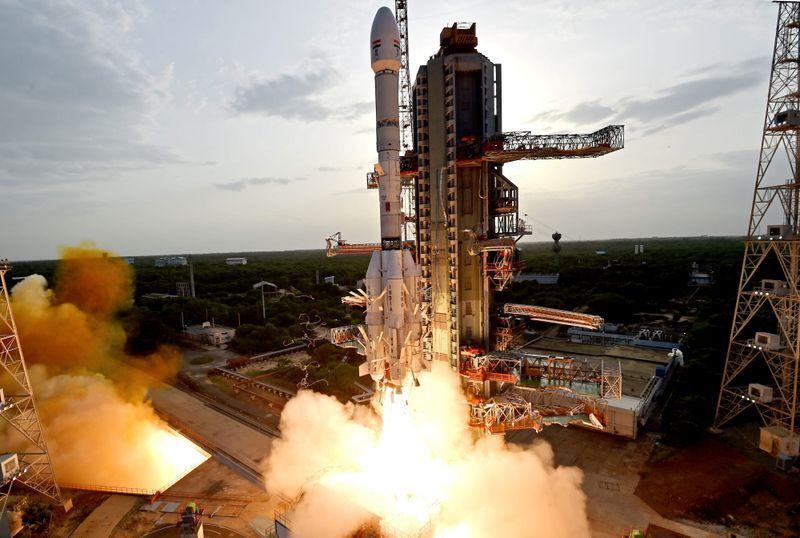
ISRO’s Third Launch Pad to be Operational by March 2029
The Indian Space Research Organisation (ISRO) is making significant progress in its efforts to expand its capabilities and enhance its capacity for future space exploration missions. In a recent development, the government informed Parliament that ISRO’s third launch pad is expected to be operational by March 2029. This milestone is a testament to the organization’s commitment to advancing India’s space program and pushing the boundaries of space exploration.
The new launch pad, which is currently under construction, is expected to support ISRO’s Next Generation Launch Vehicles (NGLVs) and play a crucial role in the organization’s future space missions. The project, which has a cost of around ₹4,000 crore, requires the completion of civil works by May 2028. This timeline indicates the urgency and importance of the project, as ISRO is working towards a tight deadline to ensure the timely completion of the launch pad.
The new launch pad will be the third of its kind in India, joining the existing launch pads at Satish Dhawan Space Centre in Sriharikota. The addition of this new launch pad will not only increase ISRO’s capacity for launching satellites and spacecraft but also provide a backup option in case of any technical issues or failures. This increased capacity will enable ISRO to take on more ambitious space missions, including the launch of heavier payloads and more complex spacecraft.
ISRO’s Next Generation Launch Vehicles, which are designed to be more powerful and efficient than the current launch vehicles, will be a key beneficiary of the new launch pad. The NGLVs are expected to have a higher payload capacity, which will enable ISRO to launch more complex and heavier spacecraft. The new launch pad will provide ISRO with the necessary infrastructure to support the development and testing of these new launch vehicles.
The operationalization of the new launch pad will also enable ISRO to reduce its dependence on foreign launch vehicles. Currently, ISRO relies on foreign launch vehicles, such as the Ariane 5 and the PSLV, to launch its spacecraft. However, with the new launch pad, ISRO will be able to launch its spacecraft independently, reducing its reliance on foreign launch vehicles and increasing its autonomy in space exploration.
The construction of the new launch pad is a significant step forward for ISRO, as it demonstrates the organization’s commitment to advancing India’s space program. The project is expected to create new job opportunities and stimulate economic growth in the region, making it a significant contributor to India’s development.
In conclusion, the operationalization of ISRO’s third launch pad by March 2029 is a significant milestone in India’s space program. The new launch pad will enable ISRO to support its Next Generation Launch Vehicles, enhance its capacity for future space exploration missions, and reduce its dependence on foreign launch vehicles. As ISRO continues to push the boundaries of space exploration, the new launch pad will play a crucial role in the organization’s future endeavors.
Source:






